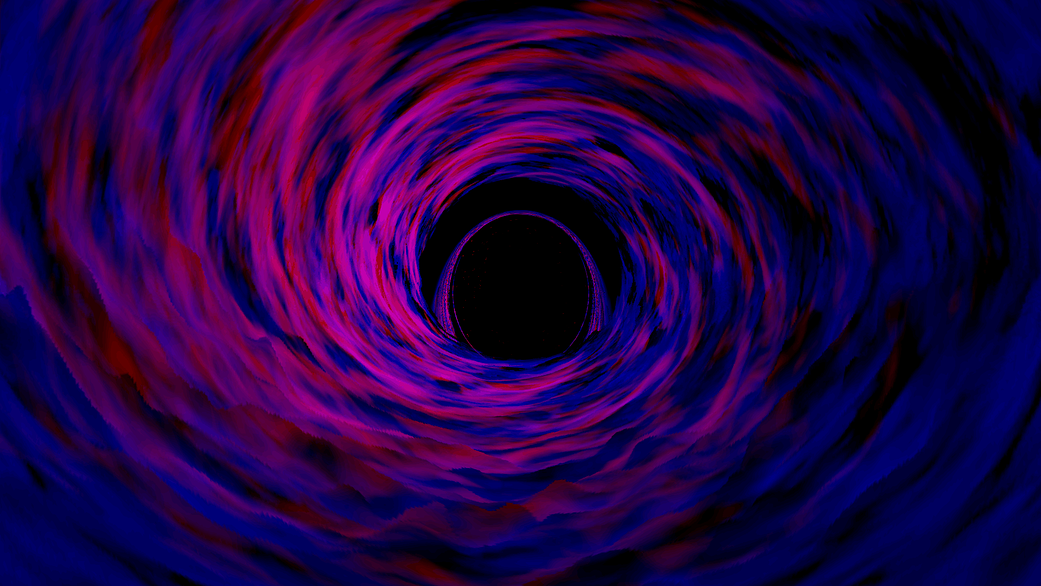在新的模拟中,黑洞的吸积盘发出光芒
Astronomers continue to develop computer simulations to help future observatories better home in on black holes, the most elusive inhabitants of the universe.
Though black holes likely exist abundantly in the universe, they are notoriously hard to see. Scientists did not capture the first radio image of a black hole until 2019, and only about four dozen black hole mergers have been detected through their signature gravitational ripples since the first detection in 2015.
So scientists look to black hole simulations to gain crucial insight that will help find more mergers with future missions. Some of these simulations, created by scientists like astrophysicist Scott Noble, track supermassive black hole binary systems. That is where two monster black holes like those found in the centers of galaxies orbit closely around each other until they eventually merge.
This visualization of supercomputer data shows the X-ray glow of the inner accretion disc of a black hole.
View additional images and video at our Scientific Visualization Studio.
Image Credit: NASA Goddard/Jeremy Schnittman/Scott Noble
天文学家继续开发计算机模拟,以帮助未来的天文台更好地定位黑洞,这是宇宙中最难以捉摸的居民。
虽然黑洞可能在宇宙中大量存在,但它们是出了名的难以观测。科学家直到2019年才捕捉到第一张黑洞的无线电图像,自2015年首次探测到黑洞合并以来,仅通过其标志性的引力涟漪探测到40多个黑洞合并。
因此,科学家们希望通过黑洞模拟来获得重要的洞察力,这将有助于在未来的任务中找到更多的合并。其中一些模拟是由天体物理学家斯科特·诺布尔(Scott Noble)等科学家创建,用于追踪超大质量黑洞双星系统。在那里,两个类似于星系中心发现的巨型黑洞紧密地围绕彼此运行,直到它们最终合并。
这个超级计算机数据的可视化显示了黑洞内部吸积盘的X射线辉光。
图片来源:NASA Goddard/Jeremy Schnittman/Scott Noble

